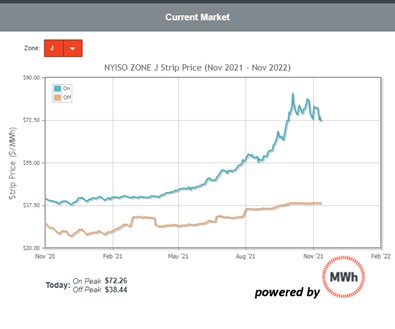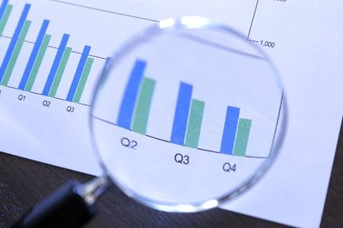On December 20, 2021, the USEPA finalized new national greenhouse gas (GHG) emissions standards for new passenger cars and light trucks (https://www.epa.gov/regulations-emissions-vehicles-and-engines/final-rule-revise-existing-national-ghg-emissions). After the Trump Administration weakened Obama-era standards, these new ones have snapped them back to be even more ambitious, requiring automakers to meet stricter fuel efficiency standards by model year 2026. These new standards will likely result in automakers greatly shifting production to hybrid and/or electric vehicles shortly. While this will have a positive impact on GHG emissions and fuel usage, there is concern about the secondary demands these standards will cause, such as increased demand for batteries and investments in electric chargers and in the grid to maintain stability, along with lighter-weight components.
Beginning with model year 2023, the new rule will increase the stringency of fuel-efficiency requirements each year, by about 5 to 10%. Average fuel economy label values in model year 2026 will be raised from the old rule’s standard of 32 miles per gallon (mpg) to 40 mpg. The rule contains calculations and arguments that these standards will reduce GHG emissions by billions of tons and save the public hundreds of billions in gasoline expenses per year after it is enforce for awhile. The USEPA is beginning to research into the next stage of emission standards, starting with model year 2027 and to cover other vehicles, such as larger-duty trucks.
There is no question that electric vehicles will need to be a part of the way each manufacturer will ensure that they meet the new standards. The USEPA feels that sales of electric and plug-in hybrid electric vehicles will have to be raised to about 17% by model year 2026 for automakers to achieve compliance, more than doubling the current sales percent. According to the USEPA, the ultimate goal is to achieve “an all-electric, zero-emissions transportation future.”
Many are concerned that the current and predicted short-term infrastructure cannot support such growth, such as the automotive supply chain and convenient electrification for consumers. Electric transmission organizations, power producers, and electricity retailers will need to quickly plan and implement upgrades to transmission infrastructure to meet the anticipated increased demand that will result from a much larger electric fleet nationwide. And this may be a source of lawsuits to stop or reduce the aggressiveness of these new standards.
CCES has the experts to help your entity determine your GHG emissions and reduce it responsibly and economically. Contact us today at 914-584-6720 or at karell@CCESworld.com.

